While every color is unique in its own way, there is something special about the blue hue. It is a color that attracts the eye, calms the brain, and makes it impossible for us to yank our gaze away from its tranquil beauty.
This color has been proven to induce feelings of ease and calmness, which is why many medical logos are blue. Alongside making us feel calm and serene, blue also evokes feelings of stability, orderliness, and confidence. Unsurprisingly, then, the color blue is such an integral part of the natural world and it never fails to leave us mesmerized and awestruck.
In this post we’ll be going over what colors make blue.
What Colors Make Blue?
Actually, creating blue only needs a combination of two colors. Once you understand the blue creation formula, you can combine paint colors to produce any blue-inspired color you can think of. This of course includes different shades of blue like dark blue, navy blue, and light blue.
Blue, alongside green and red, makes up the primary color tri-fecta. In other words, blue is a color that can be blended to create all other colors of the rainbow in different ratios. Remembering that combining all the primary colors will result in white can help you make sense of this.
Because blue is a primary color, a common misconception is that it cannot be created by the use of color blending. This is untrue. We can actually create primary colors by mixing cyan, magenta, and yellow pigments based on the CMY subtractive color model.
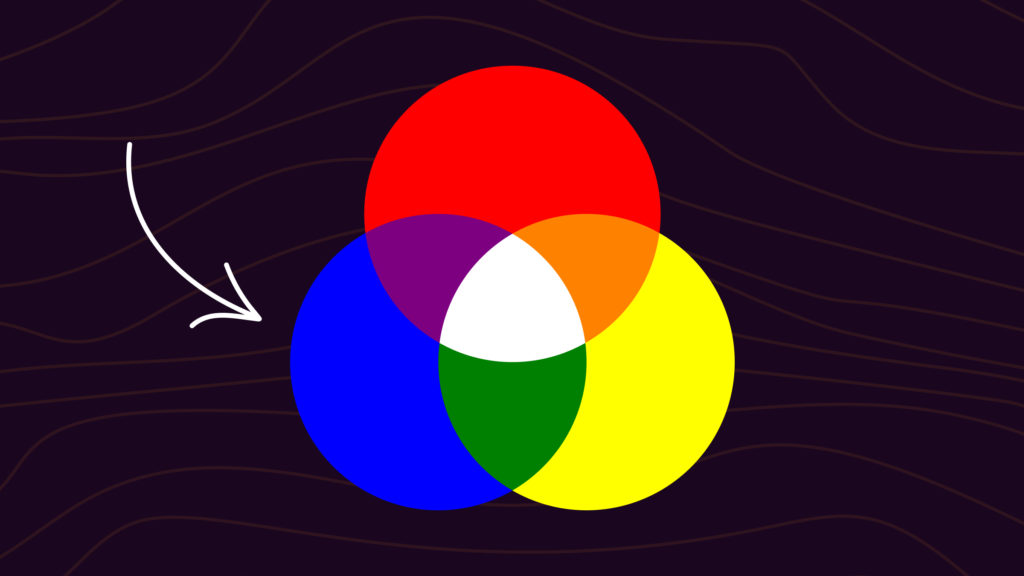
What colors do you combine to make blue? The color blue is created by combining the colors magenta and cyan. While cyan is a greenish-blue, magenta is a kind of purplish-red that lies between the red and purple wavelengths. So if you are trying to create blue paint with color mixing you can use magenta and cyan to achieve the color blue.
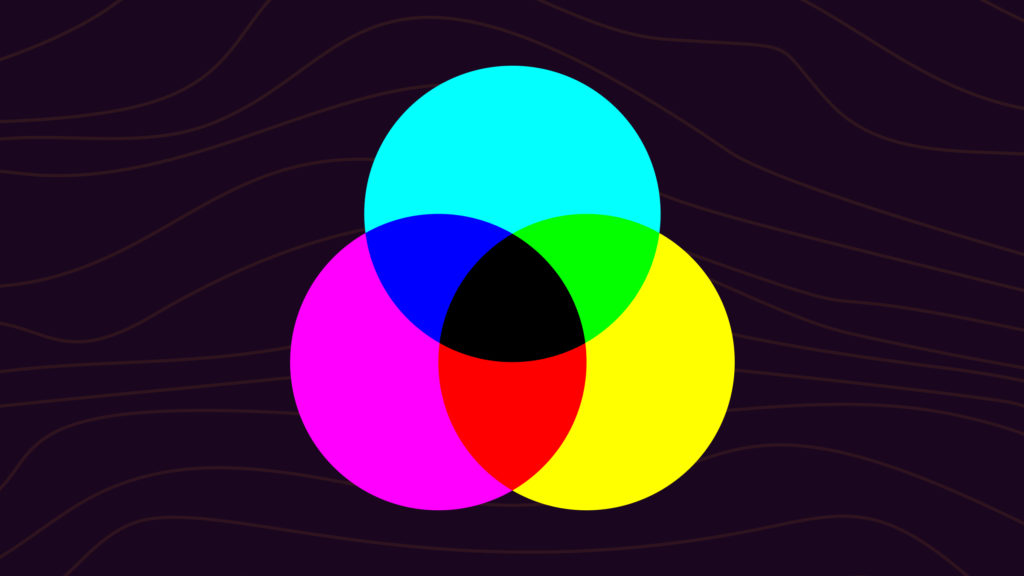
Mixing Different Shades of Blue
Once you reach blue, the options for building a rich spectrum of regal, calm, sea-inspired, and sky-evoking blue colors are essentially unlimited. You must combine the appropriate color formulas to achieve your desired outcomes; therefore, in this instance art really does function like a science.
When they wish to fill bare spots on walls or canvases with hues of turquoise, cobalt, or aquamarine, interior designers and artists frequently create unique colors on the spot. They accomplish this by emphasizing or downplaying specific qualities of blue using different hues from the color wheel.
This is how you can create the most common shades of blue:
Creating Muted Shades of Blue
The majority of painters spend a great deal of time blending muted blue hues, or blue that is drab or has low saturation since they rarely utilize blue straight from the tubes. Let’s now examine how to produce several muted blue hues. Complementary colors are integral to creating muted colors.
What does “complementary color” mean? On the color wheel, these hues are located at opposing ends. Yellow and purple are complementary colors because they are located precisely opposite each other on the color wheel. The blue and orange are positioned transversely to one another. Blue can be made more subdued by combining orange, which is a complementary color to blue.
When ultramarine blue and cadmium orange are combined, the blue color loses some of its brightness and becomes slightly duller. In essence, this lessens the intensity of the blue, resulting in a deep, muted blue color.
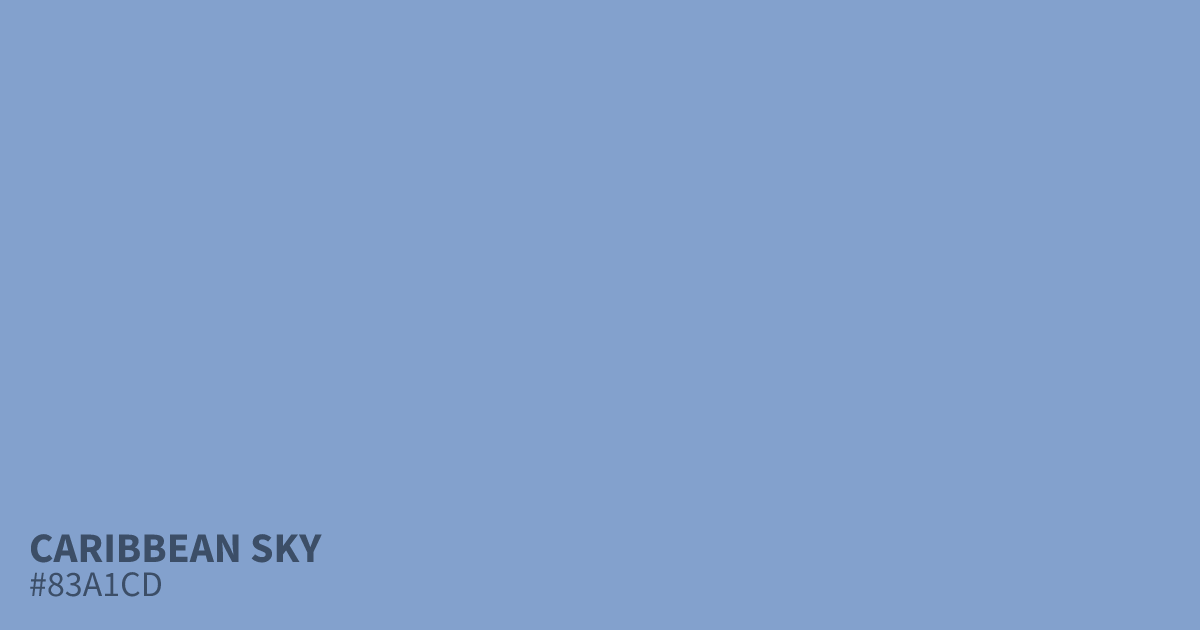
But be extremely careful not to use too much orange since that will result in a tint that leans more toward green. You can generate a brownish blue tint by combining burned umber with ultramarine or cobalt blue. This will be useful when you want to employ a more subdued brownish form.
Creating Warmer Shades of Blue
We understand that when it comes to colors, temperature is of immense importance. Given that blue is thought of as a cold color, we can combine it with warmer tones. Even though ultramarine blue is a warm hue by itself, there are situations when you might need a different shade of blue.
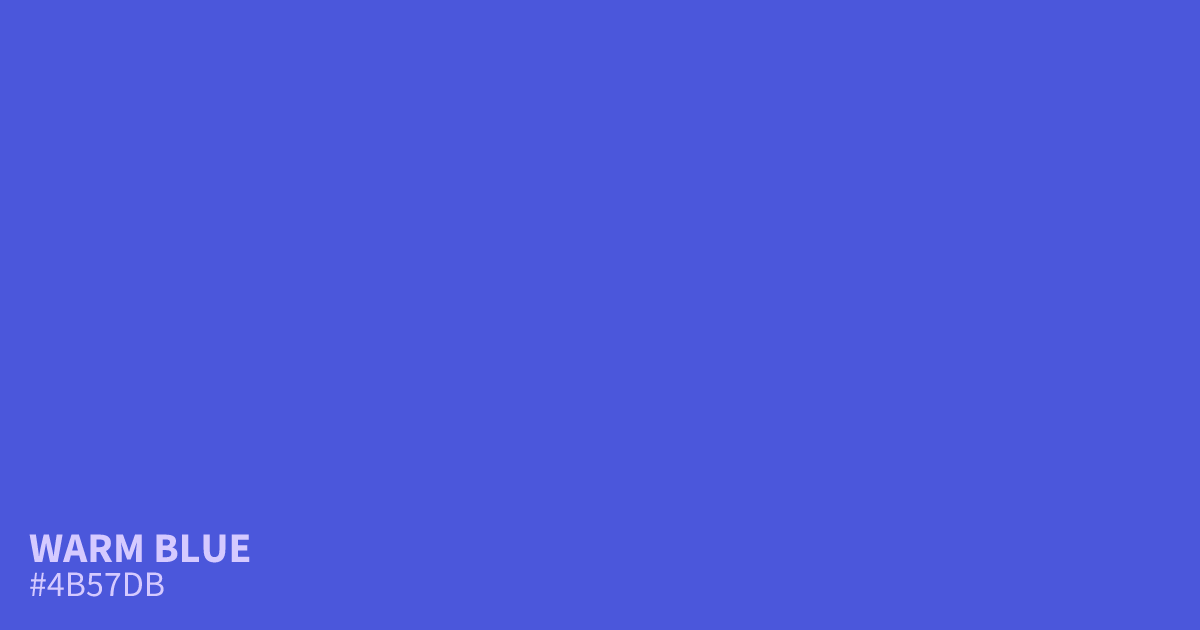
Here, you can combine ultramarine and alizarin crimson to produce a much softer blue.
Cadmium green and cobalt blue can also be combined to produce a warm blue hue. Although it may not be quite as warm as when combined with alizarin crimson, this warm color does produce a warmer shade of blue. The blue you generate won’t be as warm if you use cobalt blue instead of ultramarine blue because cobalt blue is seen considered cooler than its ultramarine counterpart.
Creating Turquoise Blue Colors
Paintings of the sky or the ocean often feature turquoise. The hue is often almost perceived as containing a hint of yellow, which you can only produce by adding a little green to the blue.
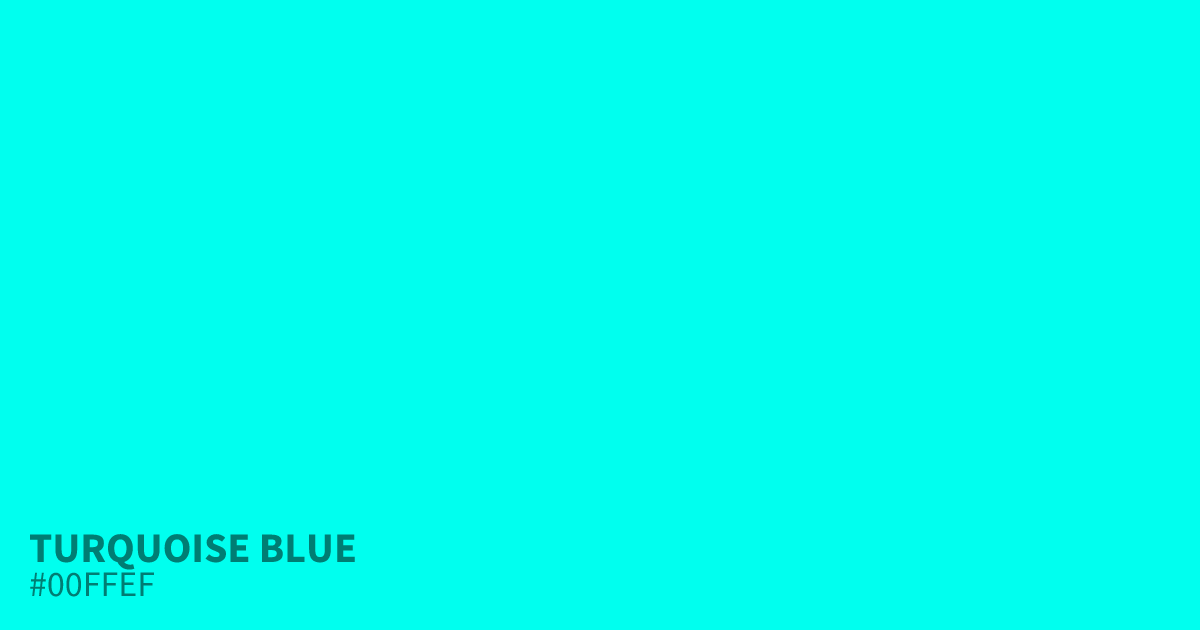
A turquoise-toned blue is produced by combining cadmium green with ultramarine or cobalt blue. When you add a bit of white to this mixture, the result is a lighter shade of blue strongly resembling turquoise.
You can create a stunning turquoise blue by combining veronese green – a vivid cold green –with cobalt blue or ultramarine blue. This results in an extremely rich turquoise since it retains a significant amount of its original blue hue. Adding a small amount of white to this mixture can create a light turquoise that preserves a lot of its brilliance.
Wrapping Up
It is crucial to remember that depending on which materials you use, the ratios and formulas for producing the same color can vary. For instance, a different color ratio may be needed while using acrylics to get a particular shade of blue than when using watercolors. This is because watercolors tend to mix more than harder paints.
The bottom line, though, is that if you learn how to make blue from scratch with magenta and cyan, you can actually take this primary color to any extreme you want.
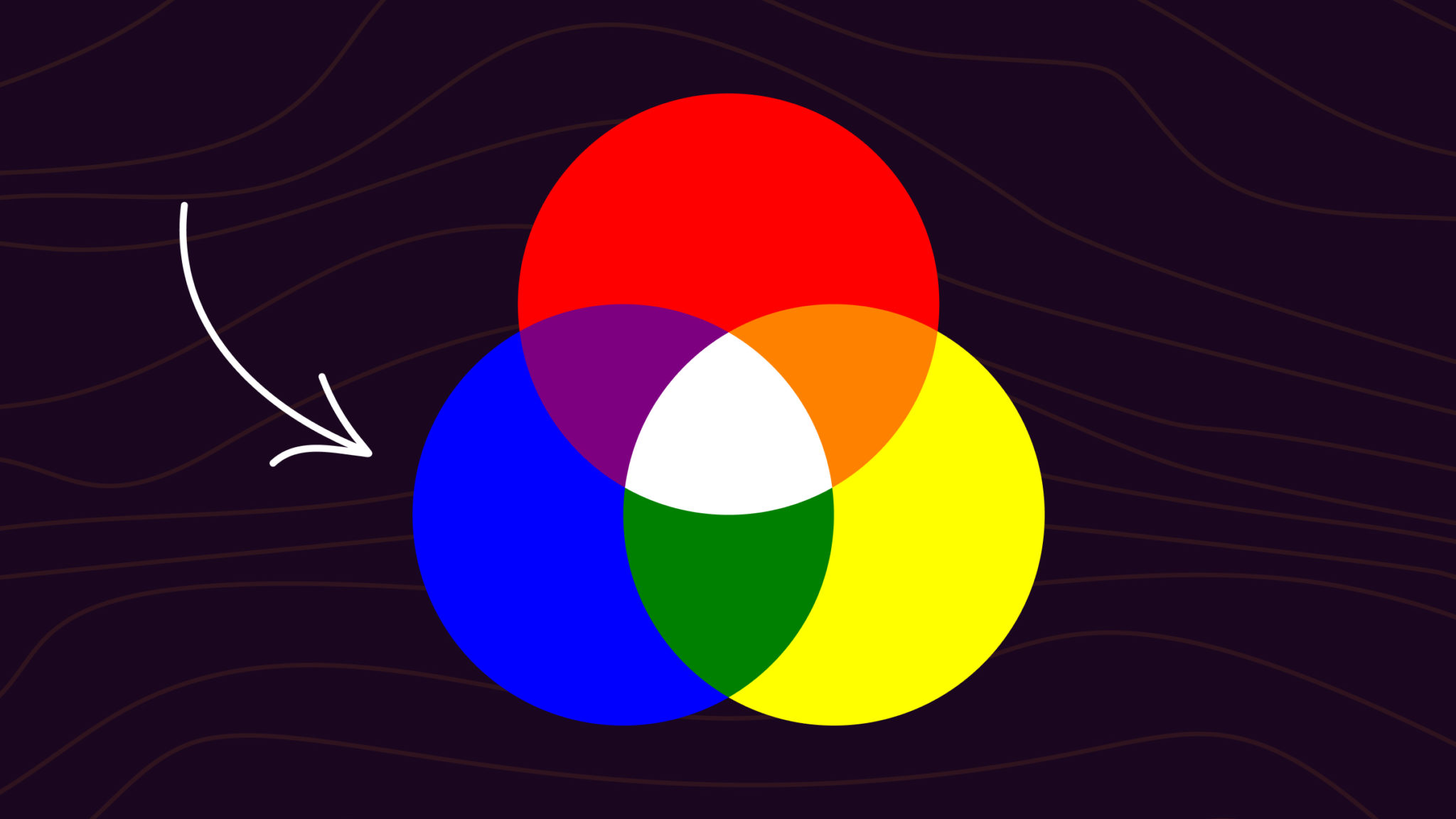

cyan is blue in color so how do you make that color blue. you didn’t explain nothing all you did was use the blue that was there.